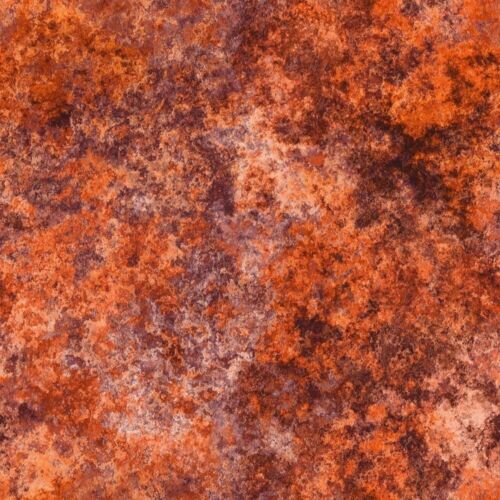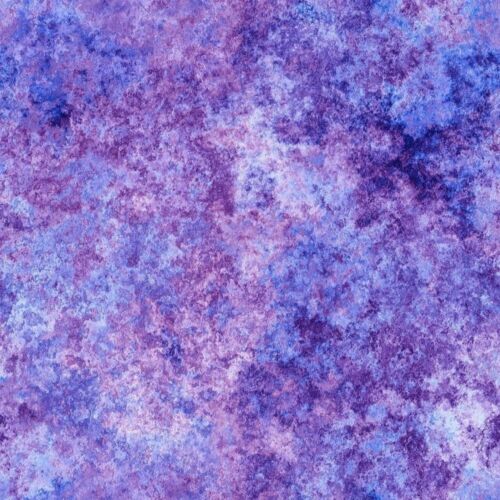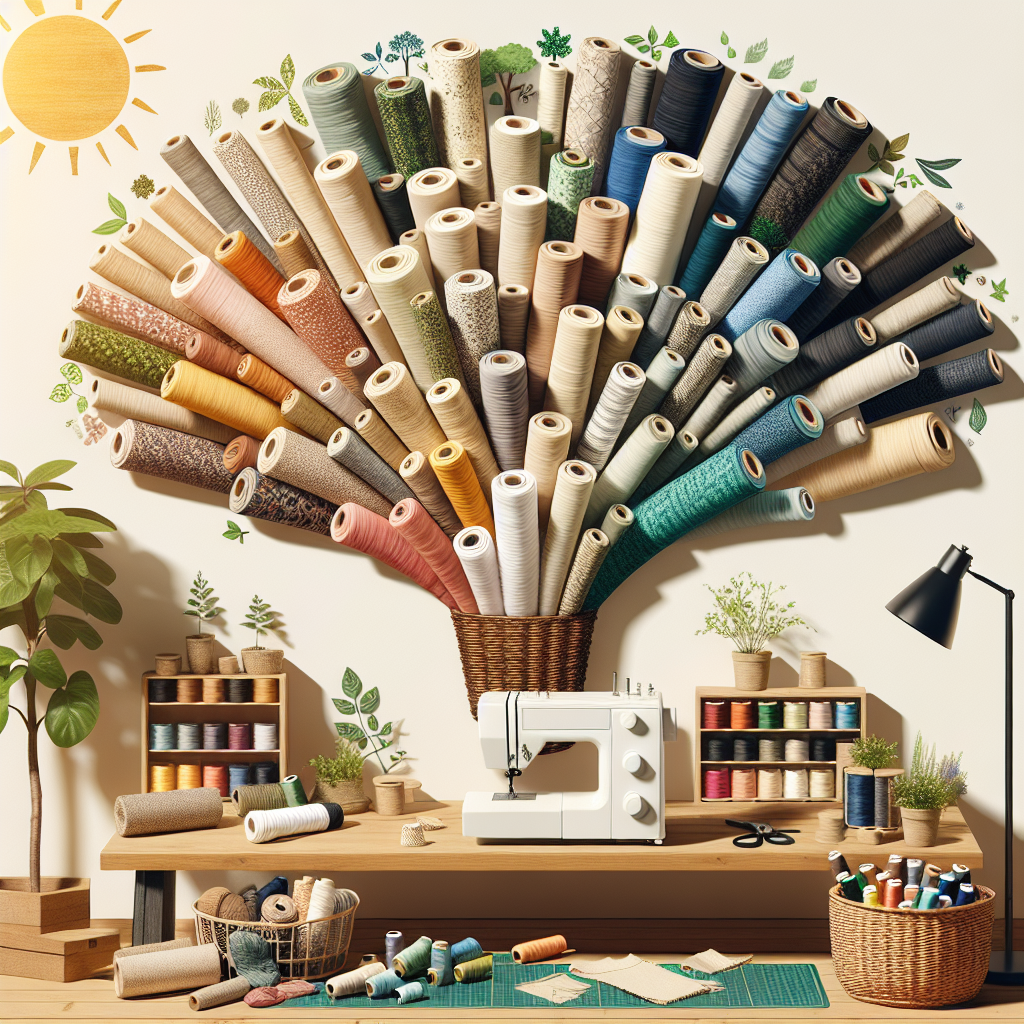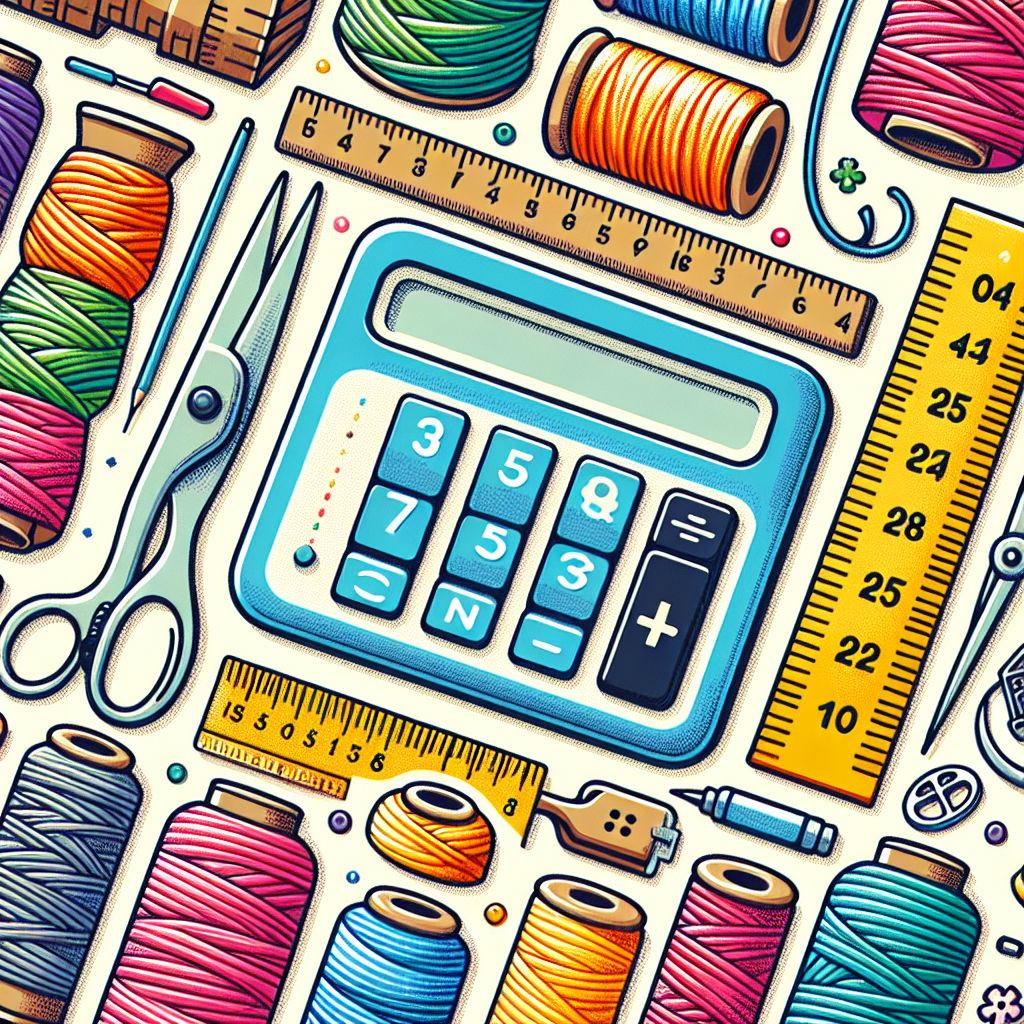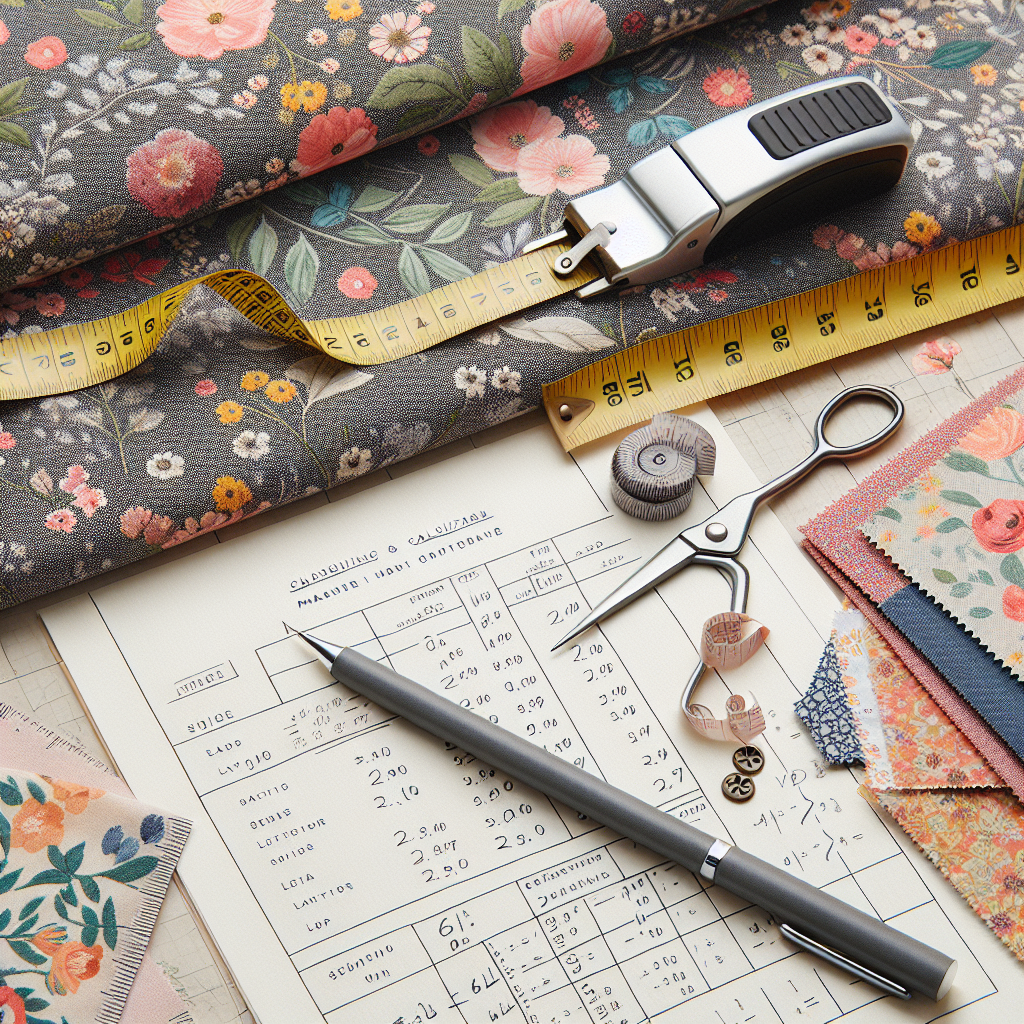Measuring and calculating fabric yardage is an essential skill for anyone who loves to sew or work with textiles. Whether you are making clothing, home decor items, or accessories, knowing how much fabric you need is crucial to ensuring your project turns out just the way you want it. Here are some tips on how to measure and calculate fabric yardage for your next sewing project.
1. Understand fabric width: Fabric is typically sold by the yard, with the standard width being around 45 inches. However, some fabrics come in wider widths, such as 60 inches or more. It’s important to know the width of the fabric you are working with, as this will affect how much yardage you need.
2. Take accurate measurements: Before you can calculate how much fabric you need, you’ll need to take measurements of the pieces you plan to sew. Use a tape measure to measure the length and width of each piece, making sure to account for seam allowances and any other necessary adjustments.
3. Calculate fabric requirements: To calculate how much fabric you need, you’ll need to determine the total area of the fabric required for your project. To do this, multiply the length and width of each piece by the number of pieces needed, then add them all together. For example, if you are making a dress with a front and back panel that are each 36 inches long and 20 inches wide, you would multiply 36 by 20, then multiply that by 2 (for the two panels), for a total of 1,440 square inches.
4. Convert square inches to yards: Once you have determined the total area of fabric needed in square inches, you’ll need to convert that to yards. To do this, divide the total square inches by 1,296 (the number of square inches in a yard of 36-inch-wide fabric). For example, if you need 1,440 square inches of fabric, you would divide that by 1,296 to get 1.11 yards.
5. Round up: It’s always a good idea to round up to the nearest half yard or yard when calculating fabric yardage. This will ensure that you have enough fabric to account for any mistakes or variations in cutting.
By following these steps, you can confidently measure and calculate fabric yardage for your next sewing project. Taking accurate measurements and ensuring you have enough fabric will help you avoid running out of material and ensure your project turns out just the way you envisioned. Happy sewing!

